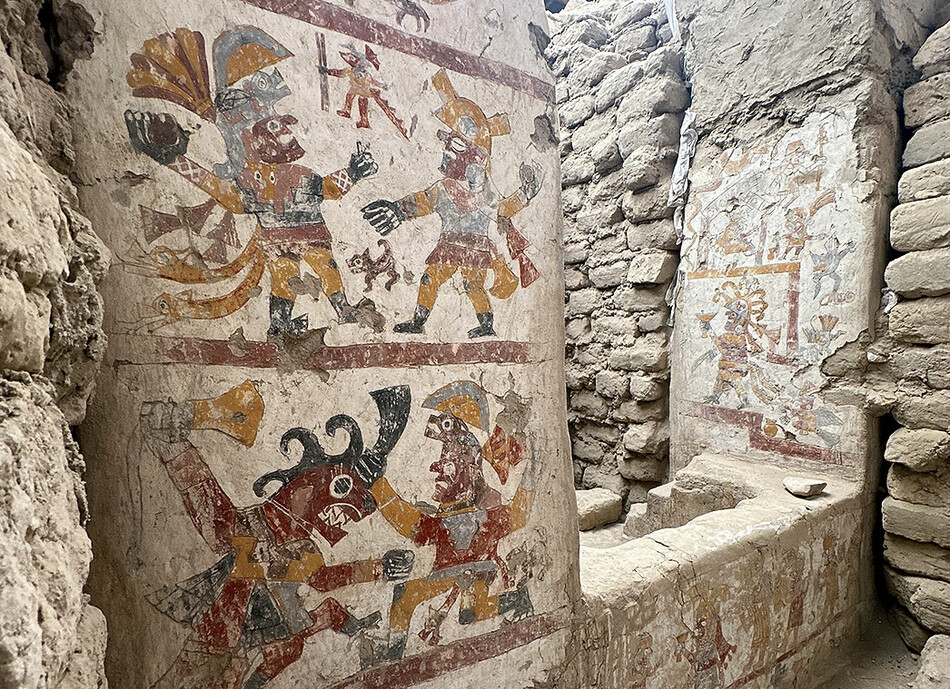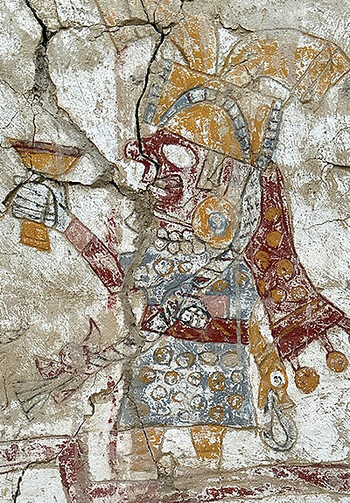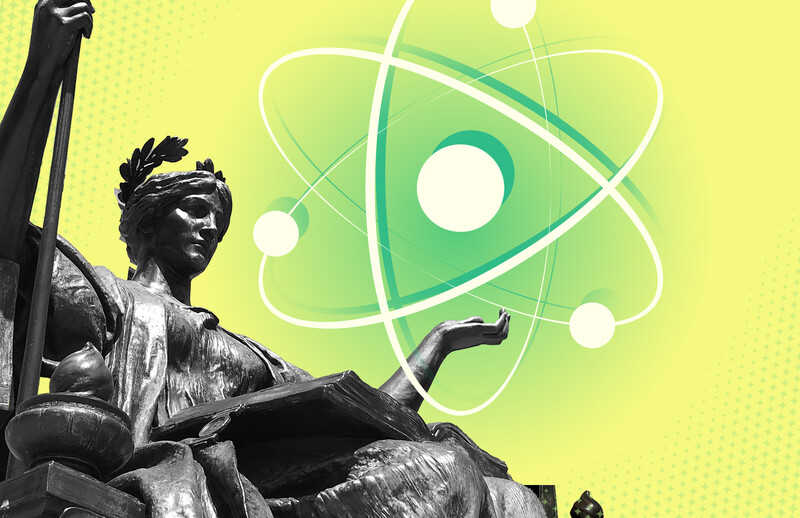A team of archaeologists led by Columbia professor Lisa Trever recently made a startling discovery while excavating ancient Moche ruins in Peru: a 1,400-year-old pillared chamber containing an adobe throne and colorful murals that seem to depict a female ruler. The find, at the Pañamarca archaeological site, adds to growing evidence that women held high-status positions in the Moche civilization, which flourished along Peru’s northern coast from AD 350 to 850, centuries before the rise of the Inca Empire.
Buried beneath sand and brick for over a millennium, the contents of the chamber are remarkably well-preserved. The vivid murals show a woman in various scenes: seated atop a throne, raising a scepter, and receiving visitors in a procession. The throne itself shows signs of extensive use and is embedded with strands of human hair, greenstone beads, and fine threads. It is the first royal chamber found anywhere in ancient Peru with imagery explicitly linking it to a woman.
Trever, who has studied the Moche throughout her career, notes that scholars have traditionally categorized privileged women depicted in Moche murals as ceremonial “chalice bearers” or “priestesses” subordinate to male rulers. But the new discovery paints a different picture. “This finding,” she says, “confirms that women held real social authority.”




